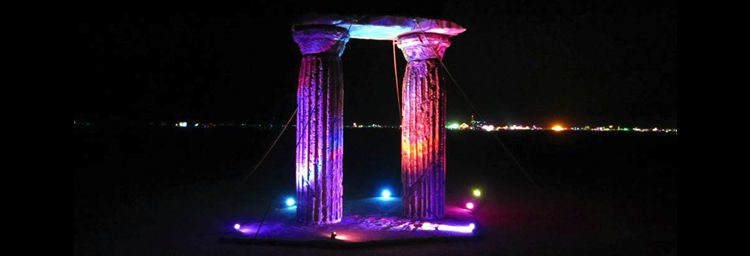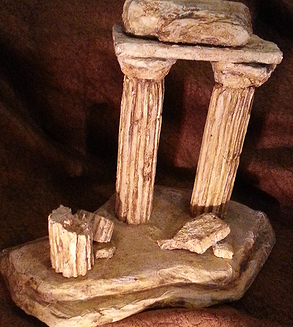 Helen McCarthy is a Boston-based scenic artist that worked on an art project designed to appear as an ancient ruins site at last year's Burning Man celebration. The installation looked like it had been in place for thousands of years – until you touched it and found out the "stone" was actually squishy foam. The project was funded as a Kickstarter project, which contained this proof-of-concept video of the project’s model getting squished.
Helen McCarthy is a Boston-based scenic artist that worked on an art project designed to appear as an ancient ruins site at last year's Burning Man celebration. The installation looked like it had been in place for thousands of years – until you touched it and found out the "stone" was actually squishy foam. The project was funded as a Kickstarter project, which contained this proof-of-concept video of the project’s model getting squished.
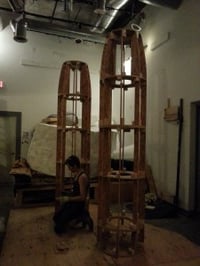 Helen contacted us afterward to tell us her story of how Rosco FlexCoat protected her installation from the unique tortures only Burning Man can provide. Below is her story:
Helen contacted us afterward to tell us her story of how Rosco FlexCoat protected her installation from the unique tortures only Burning Man can provide. Below is her story:
I designed and fabricated an installation called Arcus Clade Triumphum (the arch of triumph and disaster, ACT ) for the Burning Man Art Festival which takes place yearly in the Black Rock Desert. ACT is a squishy stone ruin made mostly from re-purposed materials from all of the places I work as a scenic artist. To keep the “stone” soft and squishy we used Rosco FlexCoat and it worked beautifully.
The columns were constructed using a ply and steel armature overlaid with soft, charcoal, open-cell, urethane-ether foam, which is usually used for shipping and noise control. We purchased 2.5” thick sheets and wrapped them around the skeleton of wood, steel and coroplast. The pediment spanning the top of the arch was made out of styrofoam.
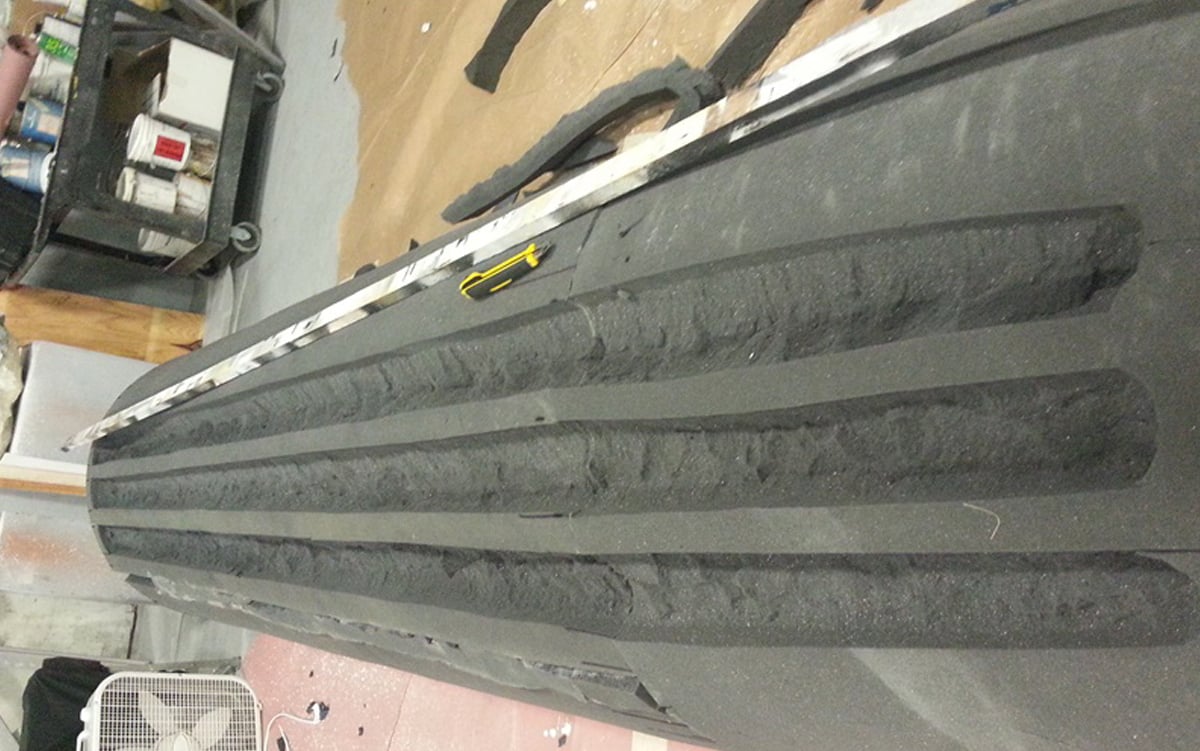
The soft foam was carved using extra sharp Olfa blades, scored with a straight edge and the fluting was ripped out by hand. Afterward the ridges were roughed up using the dulled blades without the plastic casing as rasps. Using 3M Foam Fast 74, extra foam was attached as needed and the foam sheets were attached to the armature.
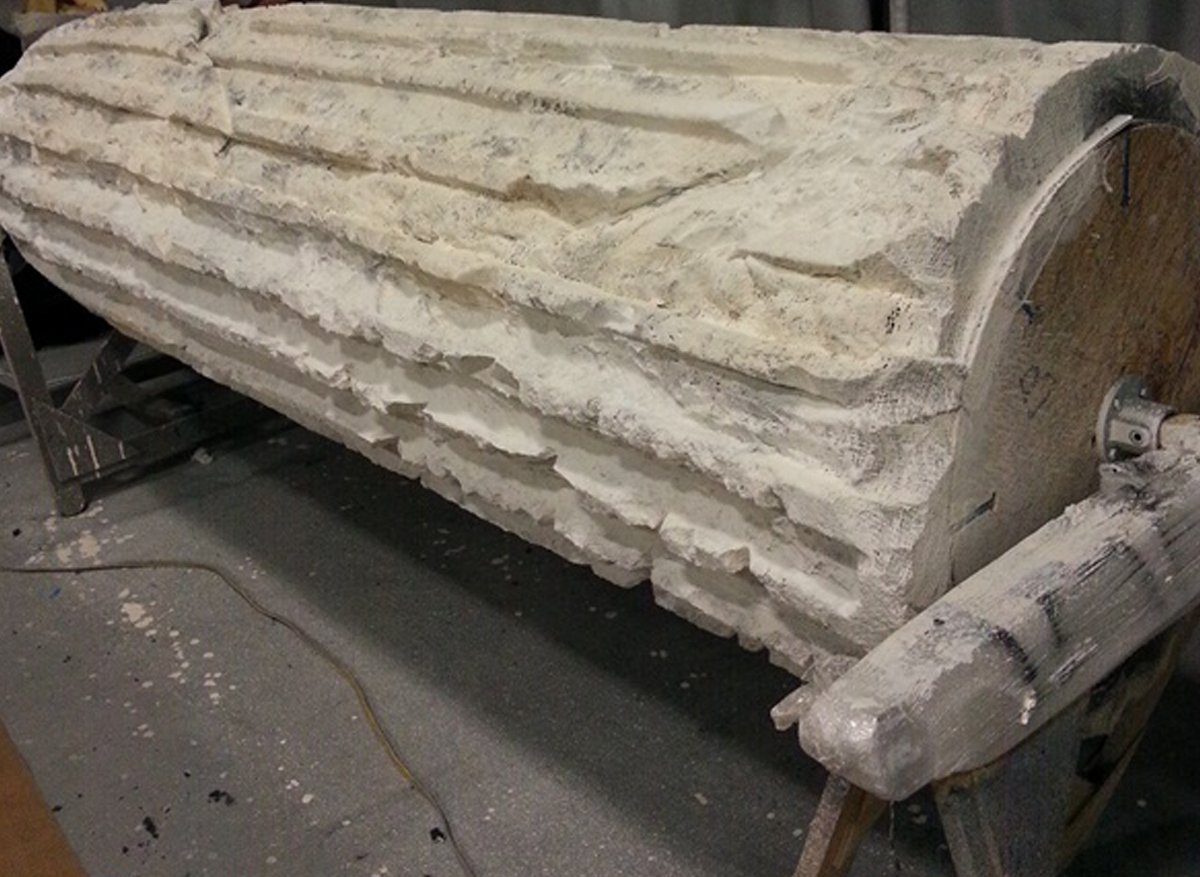
Treating the foam was one of the biggest challenges. After carving, the foam columns were sprayed with a mixture of Rosco FlexCoat and latex paint (about 2 or 3:1) through a hopper gun. The first pass was thinner (more paint) and went on pretty fast, mostly to seal up the pores of the foam a bit. While the mixture was still wet, pieces of cheesecloth were applied and stippled down with chip brushes along with a thicker FlexCoat/paint mixture to hide all the seams. After this pass had set up, more FlexCoat was applied through the hopper to add some spatter-y texture in some places and to hide the cheesecloth a bit more. Then it all had to dry, which took about 12 hours with plenty of fans. The rest of the paint job was all latex paint that was donated to the project.
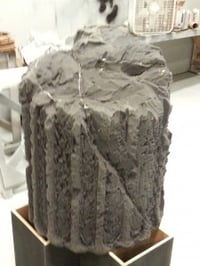 The sculpture ended up strong enough to survive:
The sculpture ended up strong enough to survive:
• being shipped across the country and back
• a week and a half of desert sun, rain storms, and up to 70mph winds
• temperatures ranging from 50-90+ degrees
• constant alkaline dust storms
• and 66,000 “hands-on” festival attendees
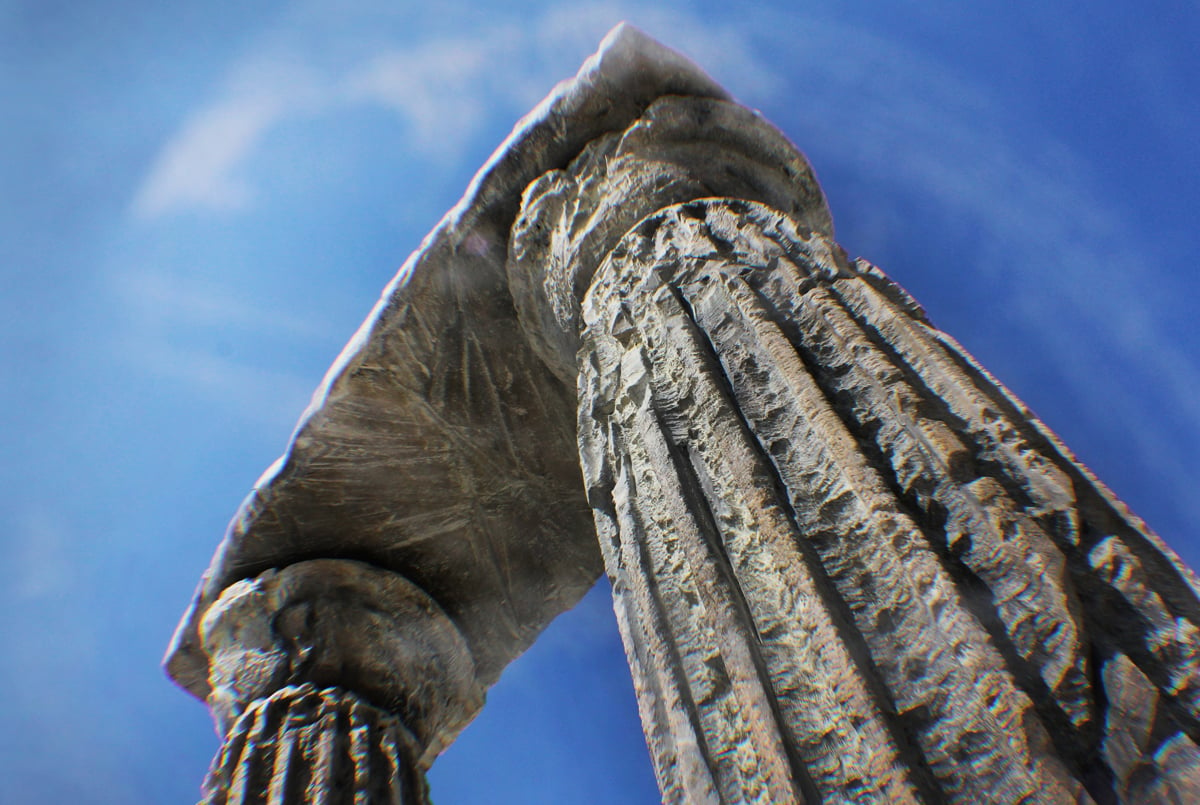
In addition to all the exceptional environmental challenges Burning Man poses, it is also a Leave No Trace event. It was crucial that the foam was durable and protected and didn’t shed any scraps even when hippies tried to climb it. The FlexCoat and cheesecloth did the trick and since returning to Boston the sculpture has been resurrected several times for indoor and outdoor local events.
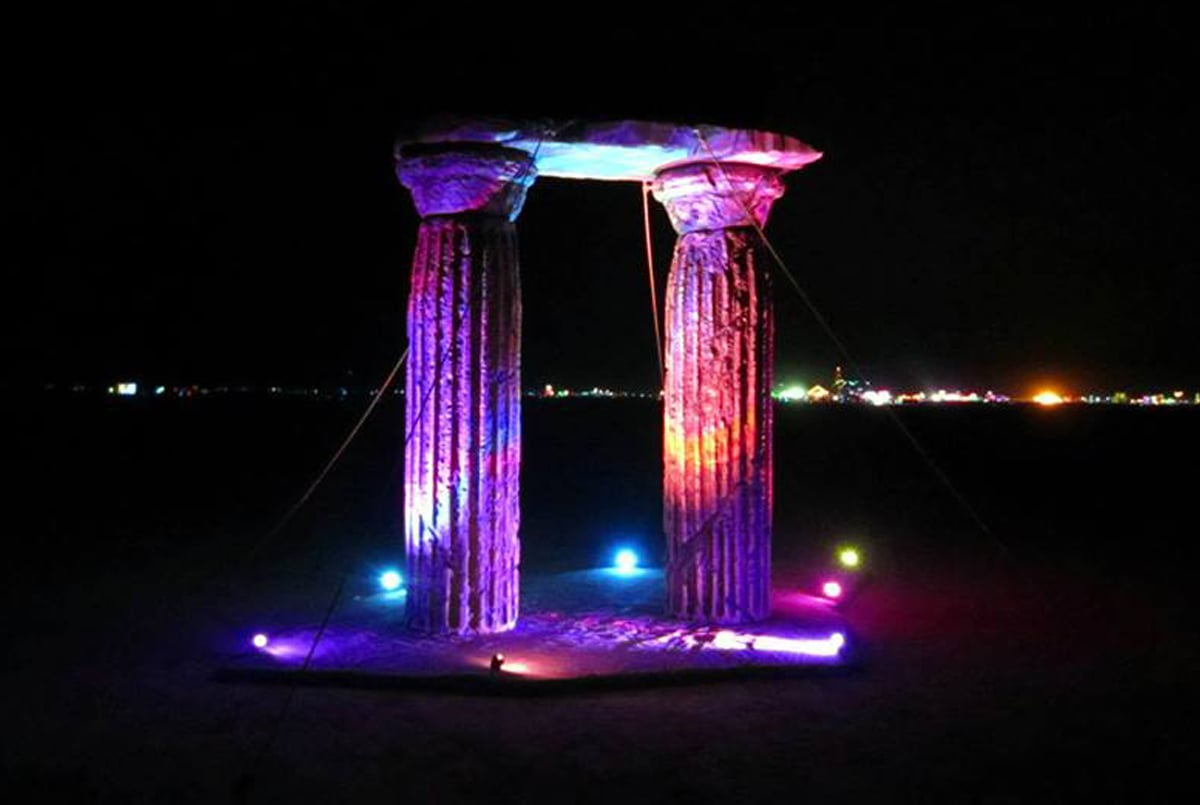
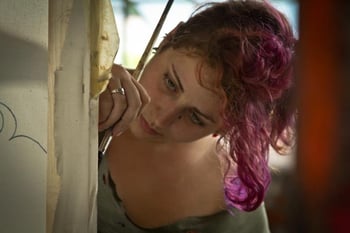
To learn more ways to use Rosco FlexCoat, download our “Creating Textured Surfaces” Painter’s Journal or visit the FlexCoat page at Rosco.com.
Save
Save
Save
Save

